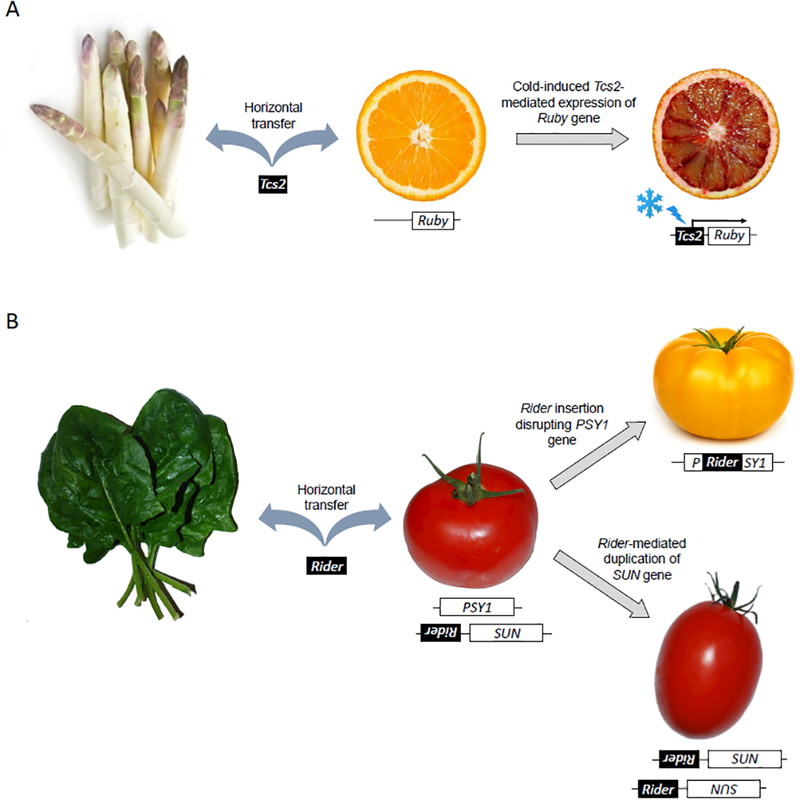Figure 2. Phenotypic consequences of the horizontal introduction of transposable elements in plants.

TEs are depicted as black boxes, host genes as white boxes. A. The LTR retrotransposon Tcs2 provided an alternative start site in Jingxian blood orange, inducing cold-dependent overexpression of the Ruby gene, which encodes a MYB transcription factor controlling anthocyanin biosynthesis. This results in the production of orange fruits with more deeply pigmented flesh [72,88]. We found that Tcs2 has been horizontally transferred, either directly or indirectly via intermediate species between orange and asparagus (Table 1). The recent introduction of the Tcs2 element in the orange genome is supported by the fact that it is currently actively transposing [72,88]. B. The LTR retrotransposon Rider triggered the apparition of at least two traits in tomato (yellow flesh and elongated shape) that have been selected by breeders. One copy of Rider is responsible for a duplication of the SUN locus, which leads to increased SUN expression and results in the production of elongated fruits characteristic of the ‘Roma’ variety of tomato [71]. Another copy of Rider disrupts the phytoene synthase (PSY1) gene. The resulting lack of carotenoid leads to the production of yellow tomato flesh [70]. We found that Rider has been horizontally transferred, either directly or indirectly via intermediate species between tomato and spinach (Table 1). The recent introduction of the Rider element in the tomato genome is supported by its absence from the potato (Solanum tuberosum) genome, which diverged only 8 Mya from tomato [85]. Importantly, Cheng et al. (2009) also reported that Rider was horizontally transferred between tomato and the Arabidopsis lineage [85].
